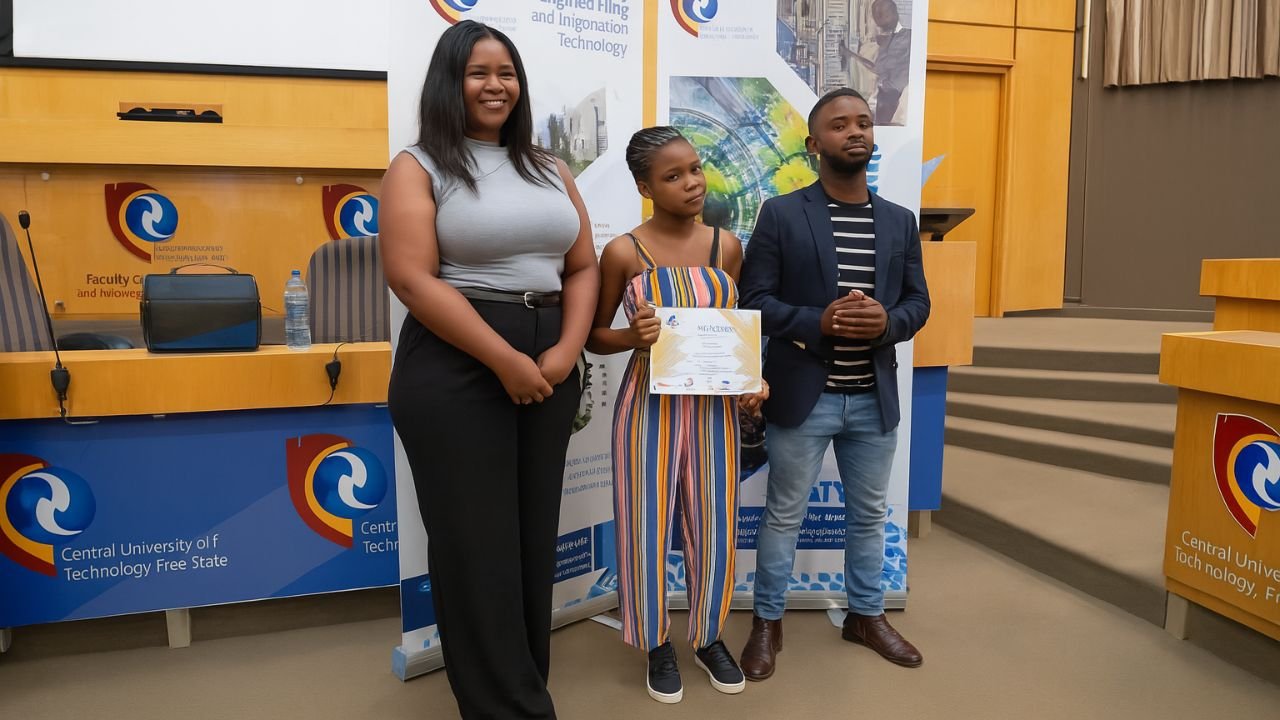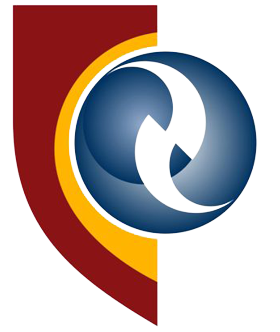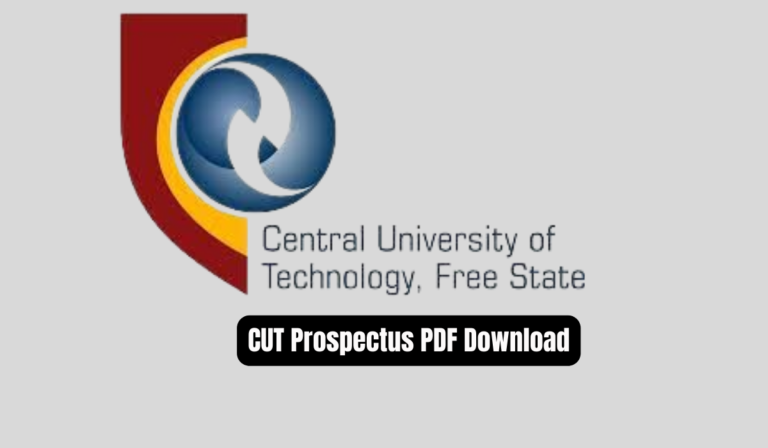CUT and NEMISA Empower Future Leaders Through Digital Literacy Training at Welkom Campus

CUT and NEMISA Empower Future Leaders Through Digital Literacy Training at Welkom Campus. The Central University of Technology, Free State (CUT) in collaboration with the National Electronic Media Institute of South Africa (NEMISA) hosted a Digital Literacy Training Programme at the Welkom Campus.
This four-day event, which culminated in a certificate ceremony on 11 July 2025, offered high school learners a powerful foundation in basic computer skills and digital fluency.
This impactful collaboration between CUT and NEMISA highlights how institutions can unite to shape the future of young South Africans, especially learners from disadvantaged backgrounds with limited access to digital tools and infrastructure.
Bridging the Digital Divide in South Africa
The Digital Literacy Training forms part of CUT’s broader community engagement strategy to empower the youth with future-ready skills. In South Africa, where many rural and underprivileged schools lack access to computers and internet connectivity, such training is crucial for uplifting communities and ensuring digital equity.
By aligning with NEMISA’s digital literacy programme, CUT has positioned itself not only as a higher education institution but also as a catalyst for digital transformation.
“This programme is deliberately delivered to upskill the kind of students CUT attracts—computer-literate, confident, and ready to take on further studies in a rapidly advancing digital environment,” said Mr Lucky Mkabane, highlighting the University’s proactive role in digital education.
Training Overview: Practical Skills for the Real World
The four-day training programme was tailored for high school learners, with a strong emphasis on interactive and practical learning. The curriculum was designed to:
- Introduce learners to basic computer operations
- Enhance familiarity with Microsoft Office tools
- Teach safe internet practices and cybersecurity awareness
- Promote confidence in using digital platforms for academic purposes
This training was not merely theoretical. Learners had access to hands-on sessions, allowing them to apply their knowledge in real-time using computers provided by the Welkom Campus.
Training Structure and Outcomes
| Training Component | Description |
|---|---|
| Computer Basics | Introduction to computer hardware, software, and basic navigation |
| Microsoft Word & Excel | Typing documents, formatting, basic spreadsheet creation |
| Internet and Email Use | Understanding web browsing, email communication, and search skills |
| Cyber Safety Awareness | Educating learners about secure internet usage and protecting personal data |
| Digital Tools for Learning | Exposure to e-learning platforms and productivity tools |
Empowering Youth through Certificates of Achievement
On the final day of the programme, learners received certificates of participation, which held significant symbolic and practical value. For many of these students, this marked their first formal exposure to digital education.
The certificates not only celebrated their achievements but also boosted their confidence and added value to their future academic and career prospects.
“These certificates are more than just pieces of paper. They represent growth, empowerment, and new possibilities for learners previously left behind in the digital revolution,” stated a CUT community outreach coordinator.
Advancing Digital Literacy in the Free State and Beyond
Through such community-centred programmes, CUT is fulfilling its mission of shaping digitally fluent and capable graduates who are ready to contribute to South Africa’s economic and social development.
This initiative also aligns with the Fourth Industrial Revolution (4IR) agenda, where digital literacy is no longer optional but essential. With support from NEMISA, the programme serves as a model that could be replicated in other provinces and regions.
Why Digital Literacy Matters in South Africa
In an era where online learning, digital communication, and remote working are part of everyday life, digital literacy is a fundamental skill—just as important as reading and writing. In South Africa, bridging the digital divide can lead to:
- Improved academic outcomes
- Expanded employment opportunities
- Increased innovation and entrepreneurship
- Better access to government and social services
CUT and NEMISA: Leading by Example
This collaborative initiative between CUT and NEMISA is a testament to what can be achieved when educational institutions and development organisations join forces. The Welkom Campus was not just a venue—it became a hub of learning, excitement, and transformation.
Conclusion
The Digital Literacy Training at Welkom Campus proves that with the right partnerships and resources, the barriers to technology and learning can be broken. CUT and NEMISA have shown that when institutions invest in youth, they invest in the nation’s future.





